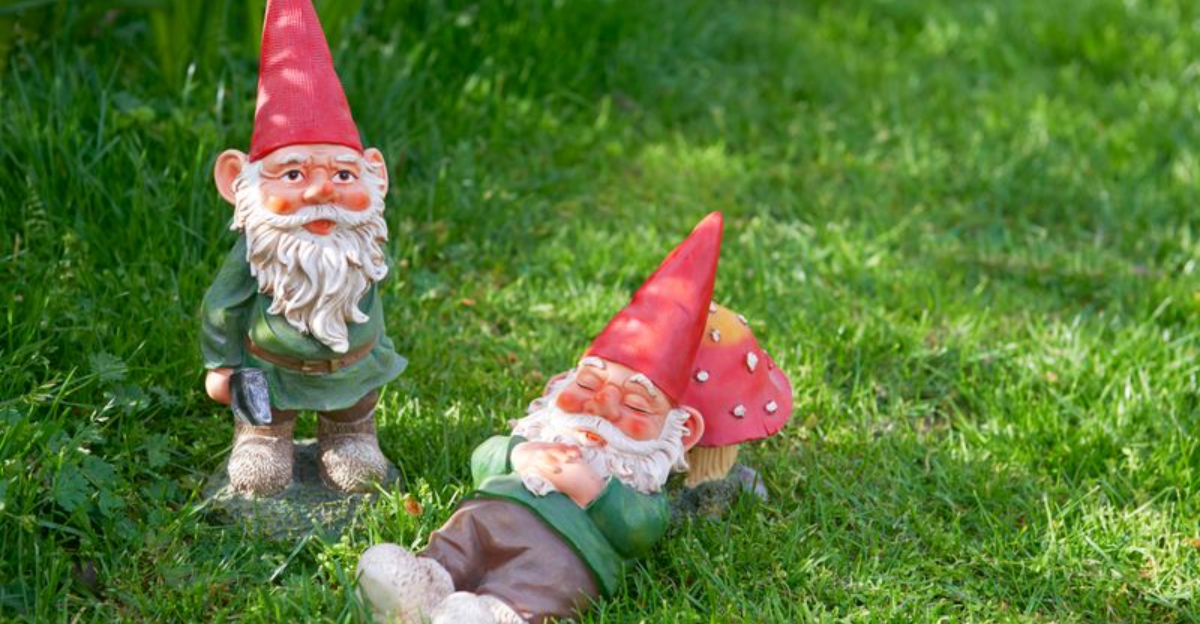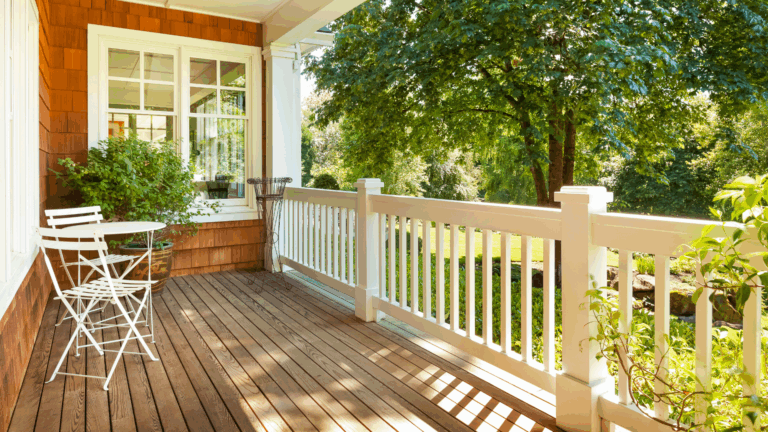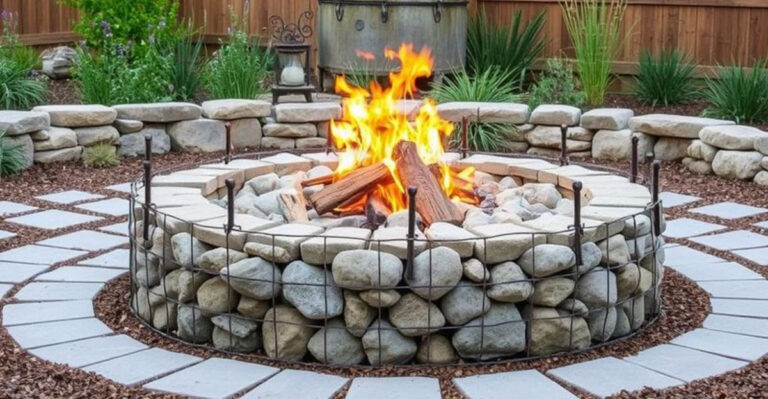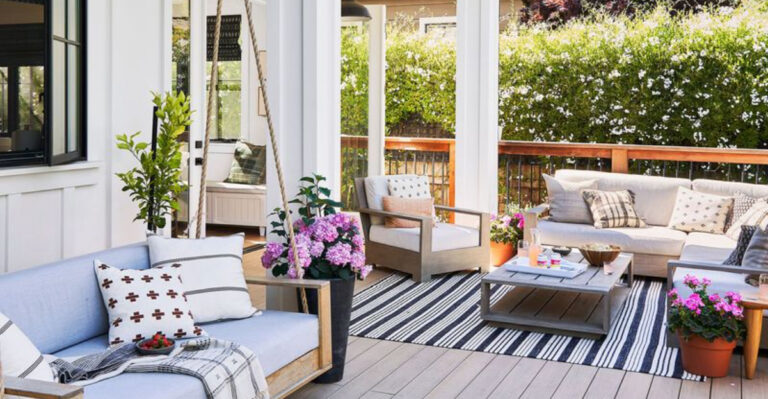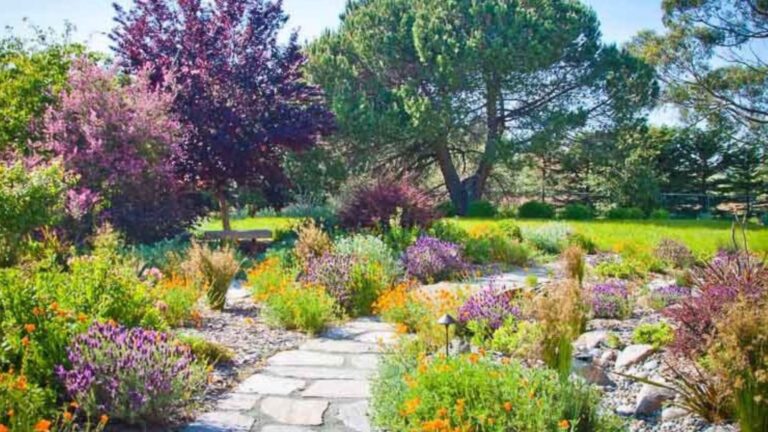20 Outdoor Decor Trends That Are Fading Away
Remember those garden gnomes and pink flamingos that once adorned every other yard in the neighborhood? Just like interior design, outdoor decor follows trends that come and go with the seasons.
As homeowners embrace more sustainable, natural, and personalized outdoor spaces, many once-popular decorative elements are being left behind. Let’s explore which outdoor trends are heading for the sunset.
1. Artificial Grass Everywhere
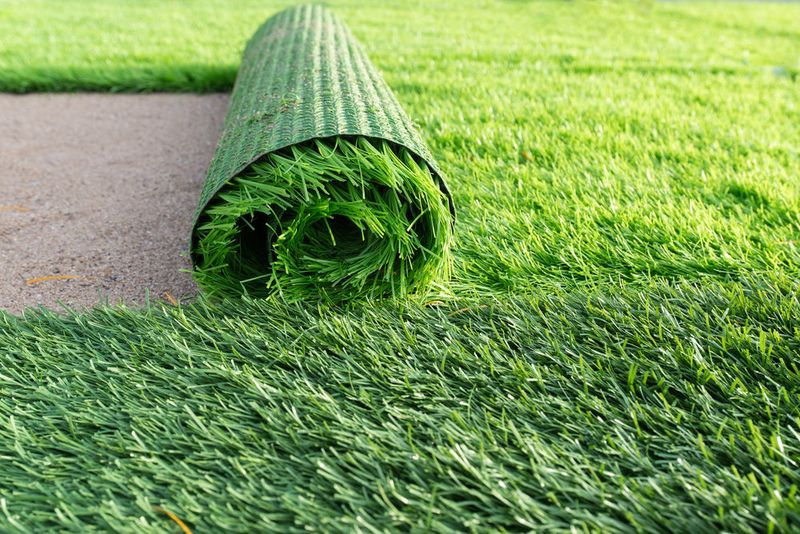
What once seemed like a brilliant, maintenance-free solution has fallen out of favor with environmentally conscious homeowners. The plastic turf that never needs mowing also creates heat islands and offers nothing to local pollinators.
People are returning to natural lawns or drought-resistant alternatives like clover and native ground covers. These living options provide cooling effects and support local ecosystems while still reducing maintenance.
2. Excessive Garden Gnomes
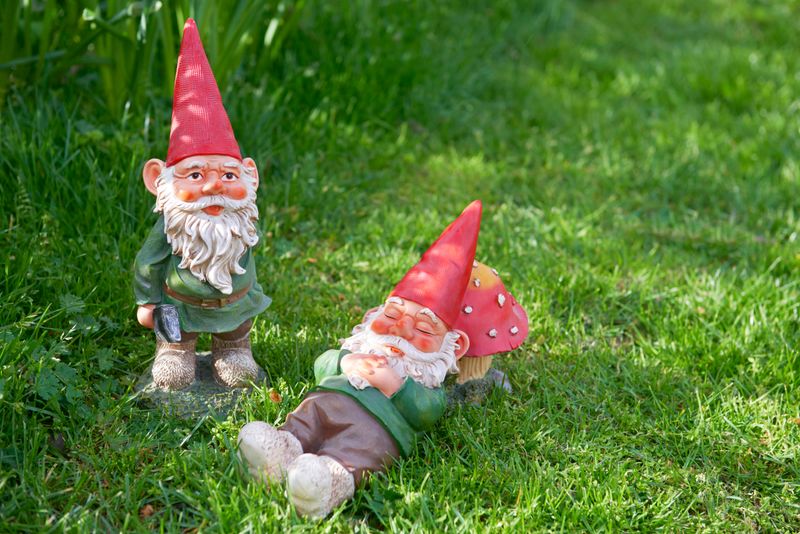
Gone are the days when armies of cheerful gnomes guarded flower beds across America. These colorful characters, once the darlings of suburban gardens, have lost their charm in today’s more minimalist outdoor spaces.
Modern gardeners prefer focal pieces with purpose rather than collections of kitschy figurines. If you still love gnomes, consider keeping just one statement piece instead of hosting a miniature convention.
3. Matching Patio Sets
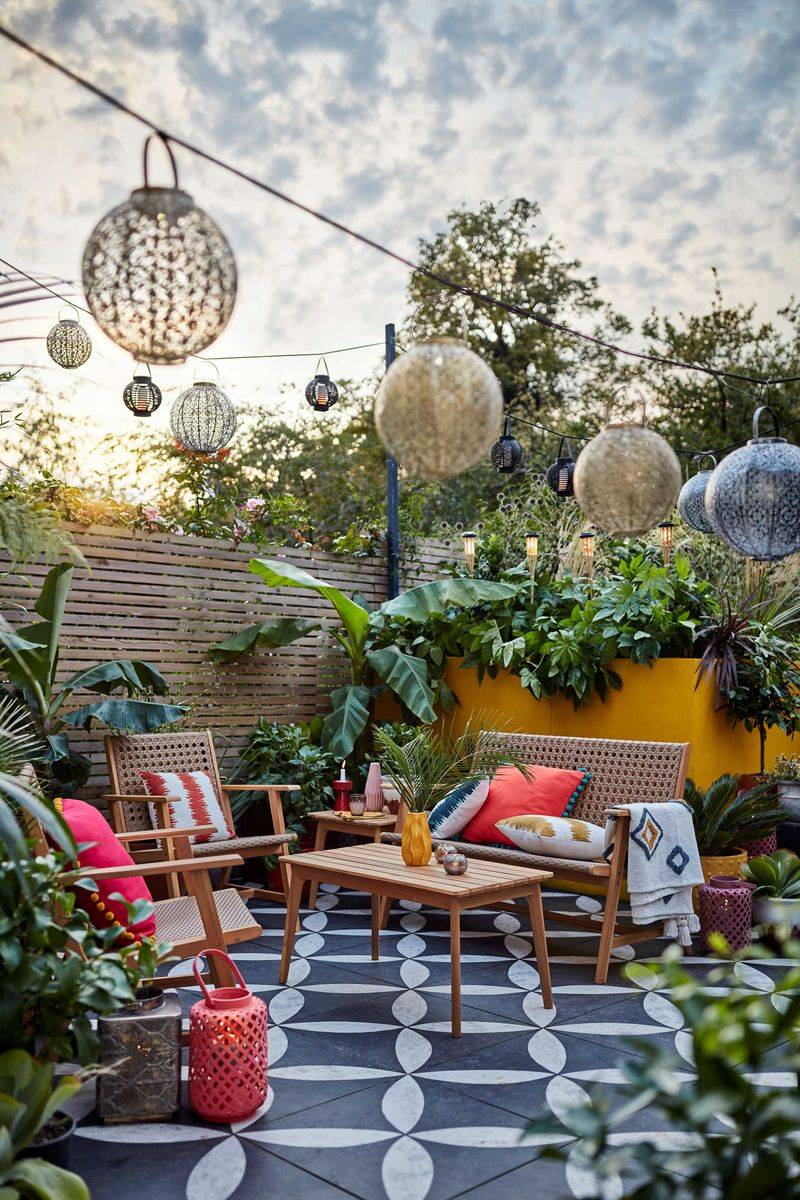
Cookie-cutter furniture collections from big box stores are rapidly losing appeal. Those perfectly coordinated chairs, tables, and loungers that scream “I bought this as a set” no longer impress guests or homeowners.
Today’s outdoor spaces showcase personality through thoughtfully curated, mix-and-match pieces. Combining different textures, materials, and styles creates more interesting, lived-in outdoor rooms that tell your unique story.
4. Excessive String Lights

Stringing lights across every available surface once created magical outdoor spaces. However, the charm of this Pinterest-inspired trend is dimming as homeowners seek more sophisticated lighting solutions.
Strategic lighting that highlights architectural features or creates subtle ambiance is taking center stage. Thoughtfully placed sconces, pathway lights, and statement fixtures offer more refined illumination while reducing the tangled web of wires overhead.
5. Plastic Outdoor Rugs
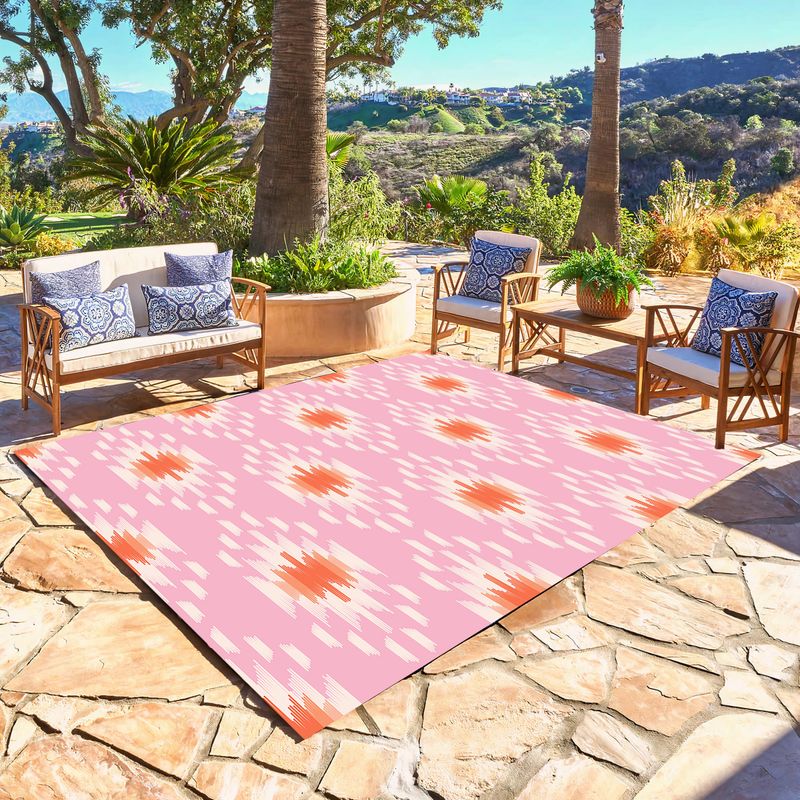
Inexpensive plastic rugs once dominated outdoor spaces with their bright patterns and easy-care promises. Unfortunately, these synthetic floor coverings deteriorate quickly under sun exposure, shedding microplastics into the environment.
Eco-conscious homeowners are switching to sustainable alternatives made from natural fibers like jute, sisal, or recycled materials. These options bring authentic texture and warmth while making a smaller environmental footprint.
6. Ornate Wrought Iron
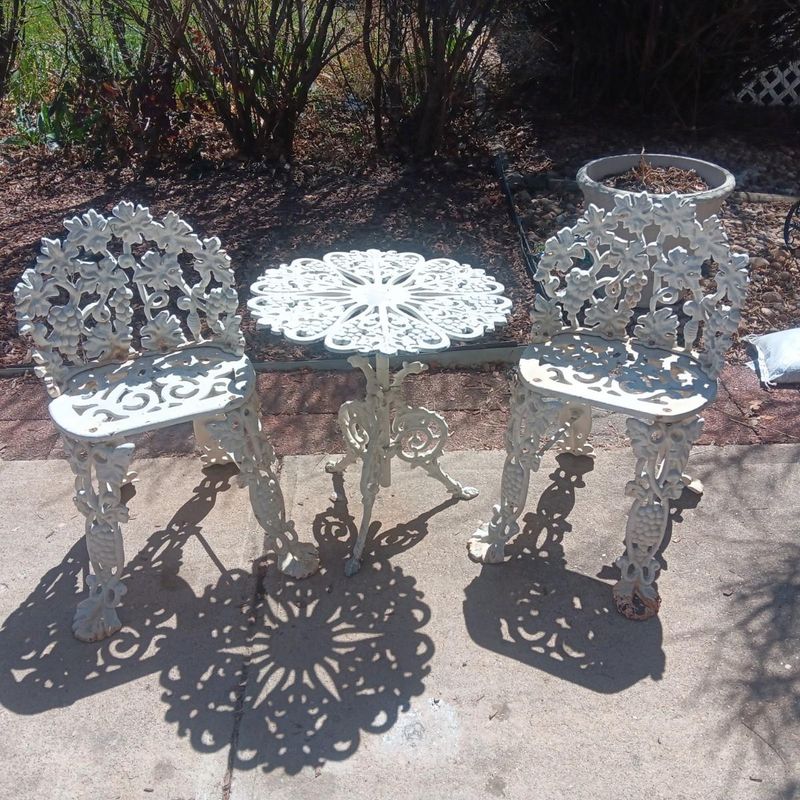
Heavy, scrolling wrought iron furniture and decorative elements are gathering more rust than compliments these days. These ornate pieces, once symbols of outdoor elegance, now appear dated and unnecessarily fussy.
Clean lines and lighter materials like powder-coated aluminum or sustainable woods better suit contemporary outdoor aesthetics. Modern designs emphasize comfort and function while maintaining visual lightness that better complements today’s architecture.
7. Water-Hungry Lawns

Perfectly manicured, emerald-green grass stretching from property line to property line is becoming an environmental faux pas. These thirsty monocultures demand constant watering, fertilizing, and mowing to maintain their unnatural perfection.
Forward-thinking homeowners are reducing lawn areas in favor of diverse plantings, vegetable gardens, and native meadows. This shift supports wildlife, reduces water consumption, and creates more interesting, dynamic outdoor spaces.
8. Ceramic Garden Animals
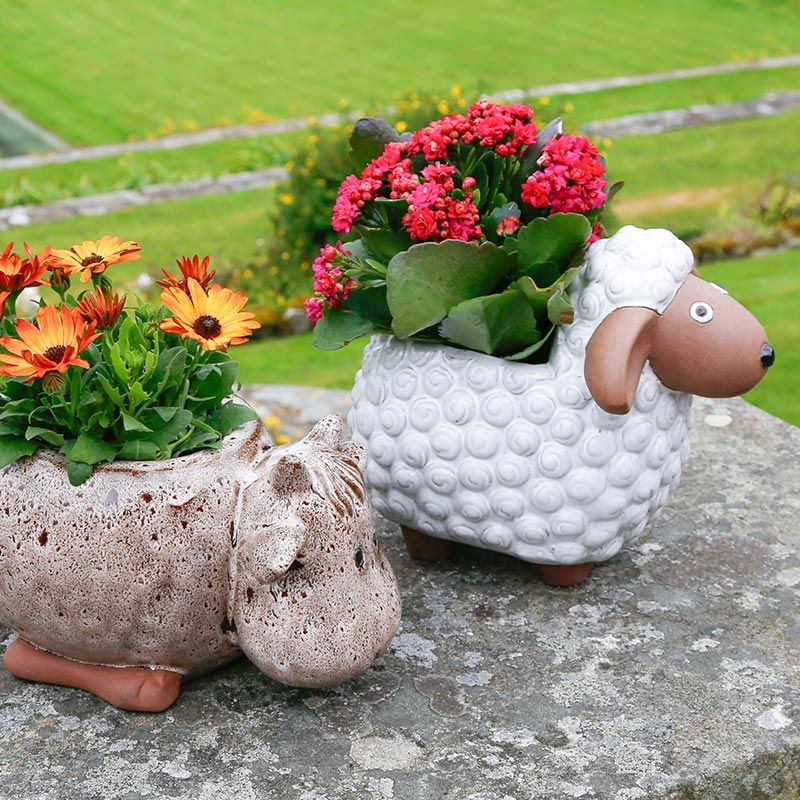
Those ceramic bunnies, frogs, and turtles that once populated garden beds are hopping out of style. While whimsical at first glance, these mass-produced creatures often look cheap and distract from natural garden beauty.
Garden enthusiasts now prefer incorporating authentic elements like interesting stones, driftwood, or architectural salvage. These natural or repurposed items bring character without competing with the plants themselves.
9. Outdoor Bar Carts
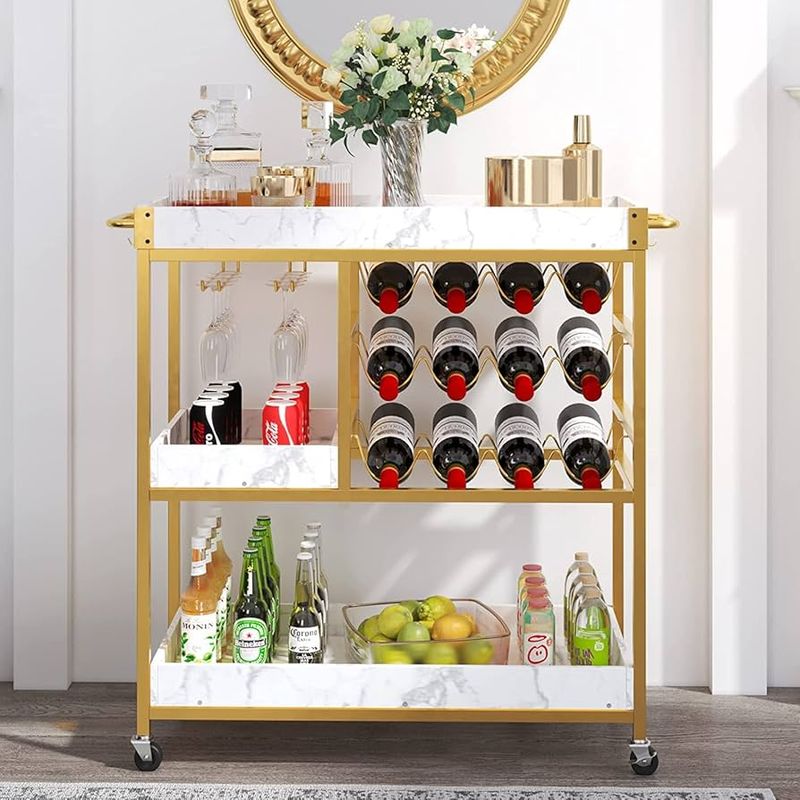
Remember when Instagram was flooded with perfectly styled bar carts for every outdoor gathering? These impractical rolling stations rarely survived real weather conditions or actual use during parties.
Practical homeowners have shifted to built-in serving areas or weatherproof cabinets that offer true functionality. These permanent solutions provide proper storage, work surfaces, and durability that flimsy carts never could deliver.
10. Plastic Flower Pots
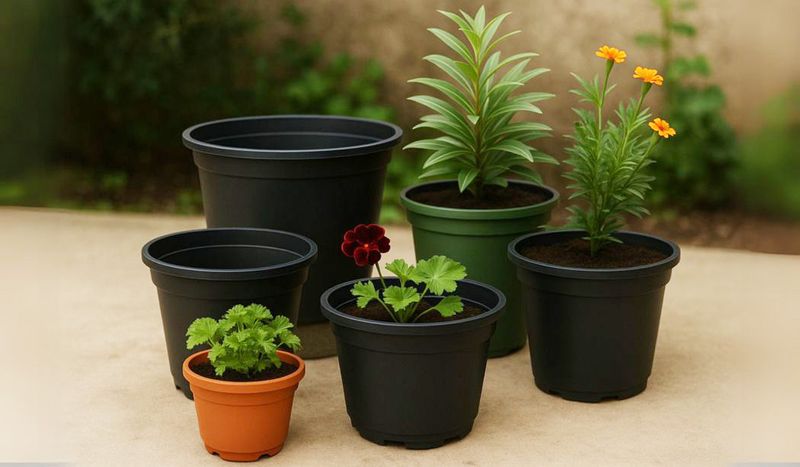
Cheap plastic planters in bright colors were once garden staples due to their low cost and lightweight properties. Time has revealed their downsides: they crack in extreme temperatures, fade quickly, and contribute to plastic pollution.
Today’s gardeners prefer containers with character and longevity. Terracotta, concrete, ceramic, and metal planters develop beautiful patinas over time and provide better insulation for plant roots throughout changing seasons.
11. Outdoor Throw Pillows Everywhere
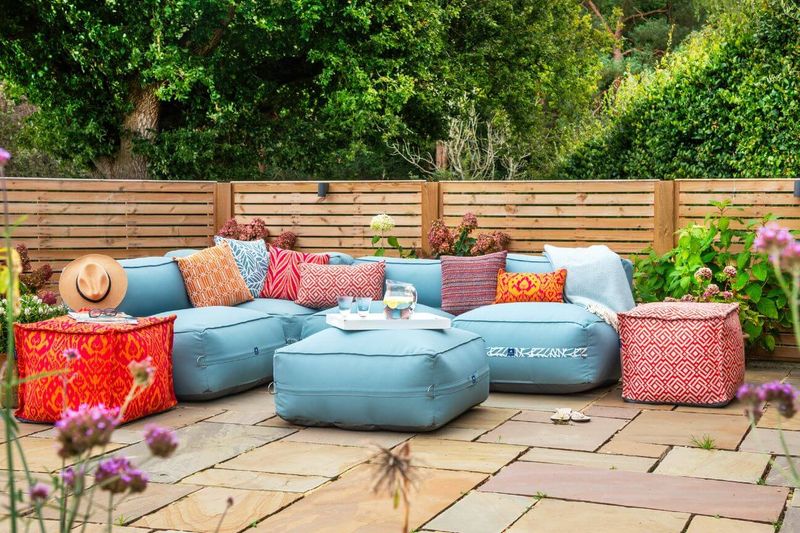
Countless pillows once smothered outdoor furniture, creating maintenance nightmares despite their initial visual appeal. These fabric accents quickly became moldy, faded, or nesting materials for critters when left outside.
The new approach favors quality over quantity. A few well-chosen, weather-resistant pillows provide comfort without creating storage headaches or constant laundry. Less really is more when it comes to outdoor textiles.
12. Bamboo Tiki Torches
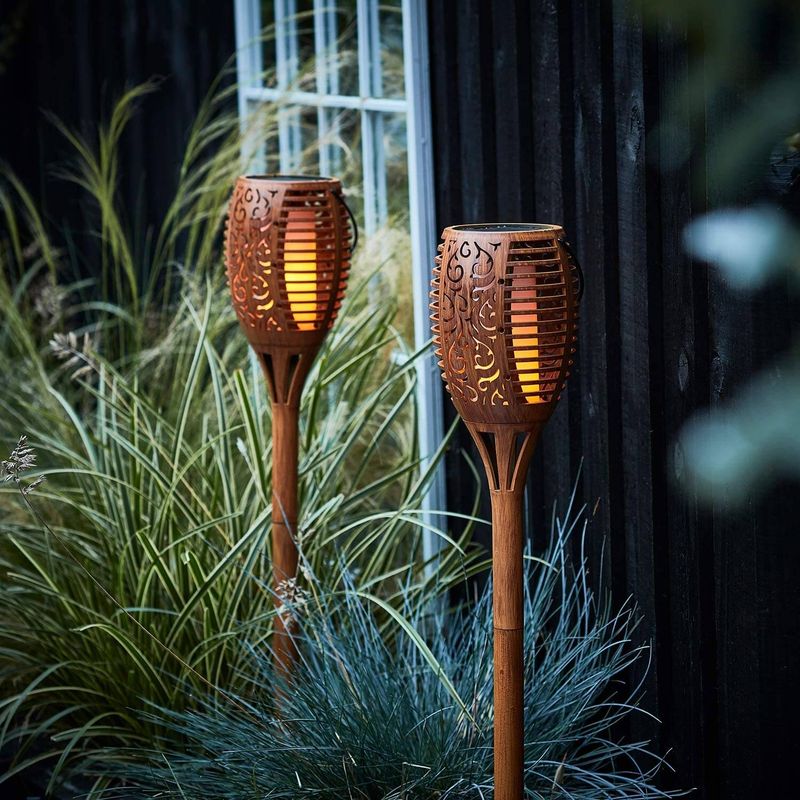
Those flimsy bamboo tiki torches that lined countless patios have lost their flame in modern outdoor design. Beyond their cultural appropriation concerns, they present fire hazards and require constant refilling with environmentally problematic fuels.
Safety-conscious homeowners now choose solar-powered or LED alternatives that provide similar ambient lighting without the risks. These sustainable options offer reliable illumination without open flames or petroleum products.
13. Outdoor Carpeting
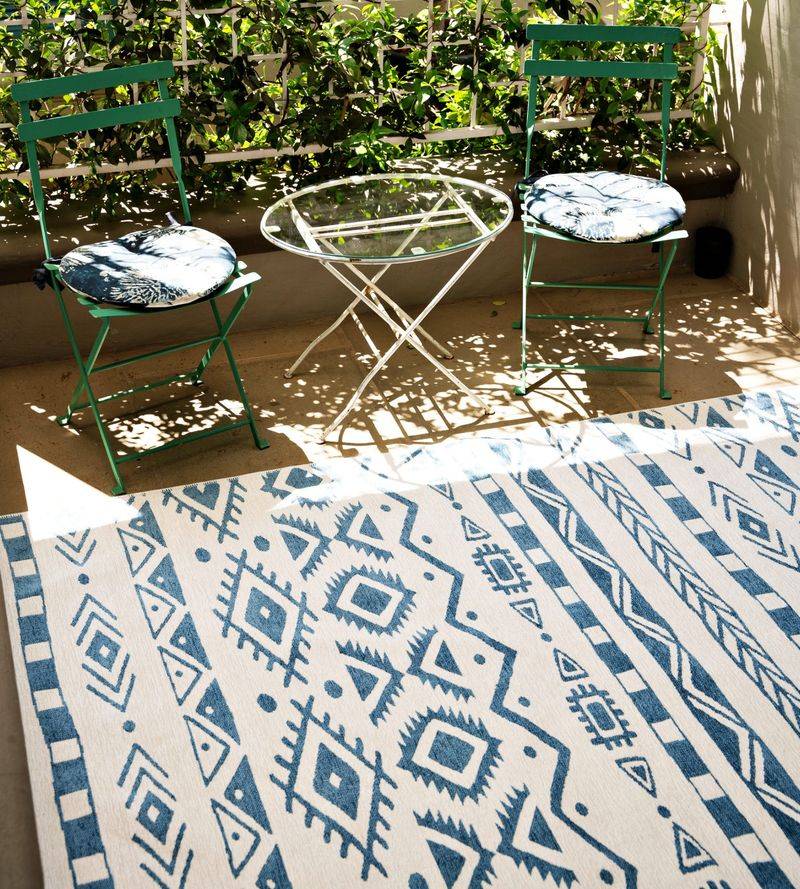
Wall-to-wall outdoor carpeting once covered countless concrete patios and decks. This artificial surface trapped moisture, encouraged mold growth, and created perfect conditions for insects to thrive underneath.
Contemporary outdoor spaces feature natural materials like stone, tile, or sustainably harvested wood. These authentic surfaces connect spaces to nature while providing better drainage and easier maintenance than their synthetic predecessors.
14. Plastic Lattice Screens
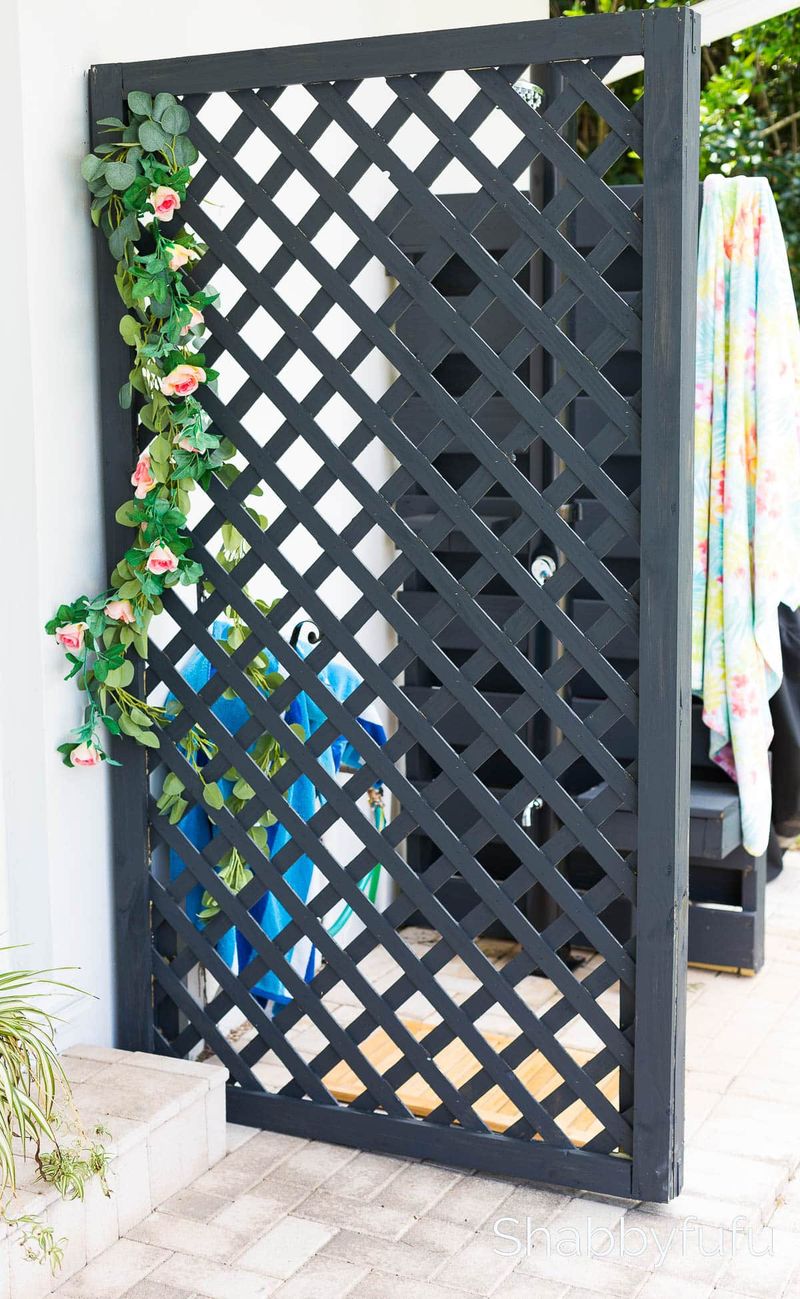
Flimsy vinyl lattice panels once served as the go-to solution for creating privacy or hiding unsightly areas. Unfortunately, these plastic grids quickly warp, yellow, and crack under sun exposure, creating more eyesores than they conceal.
Modern gardens incorporate living screens using vertical gardens or architectural plants. Alternatively, custom wood or metal panels with interesting patterns provide durability while adding artistic elements to outdoor spaces.
15. Outdoor Tic-Tac-Toe Tables
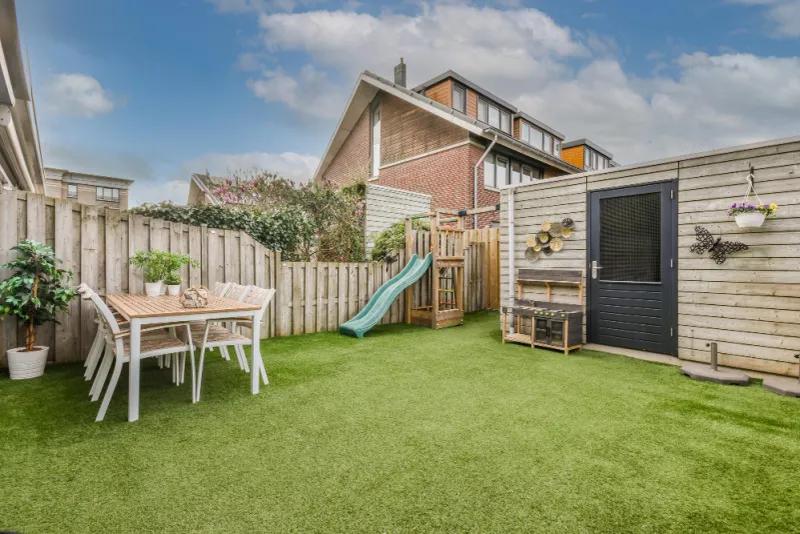
Remember when painted tree stumps with rocks for game pieces were on every DIY patio list? These rarely-used game tables quickly became collectors for leaves, bird droppings, and neglect.
Families now prefer flexible outdoor spaces that accommodate various activities rather than single-purpose features. Multi-functional furniture and open areas allow for changing needs and spontaneous play without dedicated, rarely-used game stations.
16. Faux Stone Plastic Edging
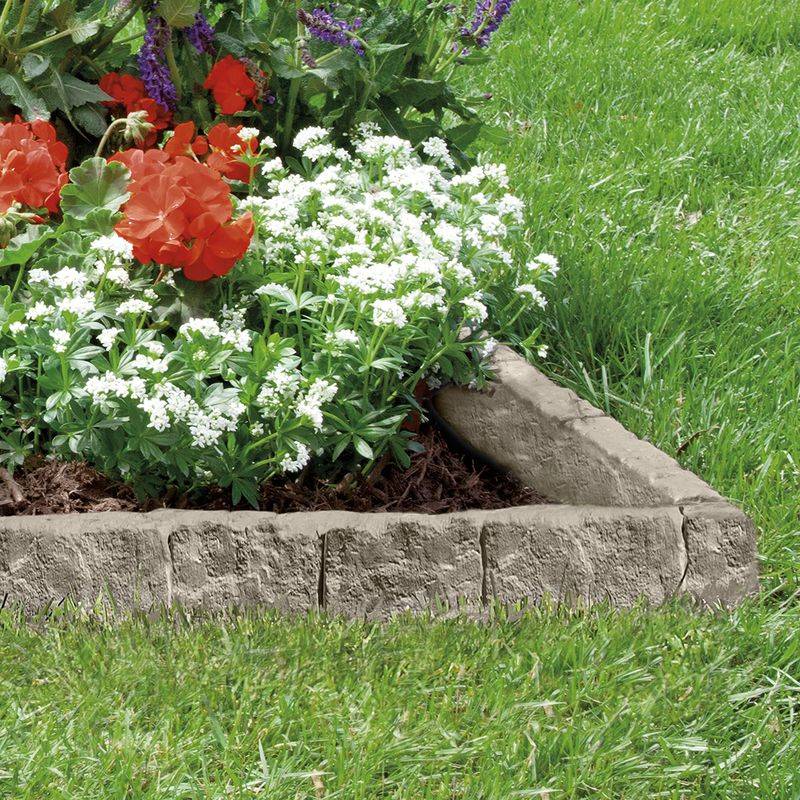
Those interlocking plastic borders designed to mimic stone quickly revealed themselves as imposters in the garden. Their hollow construction allowed weeds to grow underneath while their colors faded unevenly, making beds look more unkempt than defined.
Today’s landscapes feature authentic materials like steel edging, natural stone, or even living borders of compact plants. These genuine solutions provide lasting definition while aging gracefully in the elements.
17. Mass-Produced Metal Wall Art

Those ubiquitous sun faces and mass-produced metal butterflies that once adorned exterior walls have lost their shine. When everyone displays identical pieces from big box stores, they cease to make personal statements about the homeowners.
Discerning decorators now seek handcrafted or locally-made outdoor art that reflects regional culture or personal interests. These unique pieces tell authentic stories while supporting artists rather than assembly lines.
18. Excessive Outdoor Pillars

Those imposing faux-classical columns that once framed countless suburban entryways are crumbling in popularity. These oversized architectural elements often appeared disproportionate to the homes they adorned, creating visual imbalance rather than stately elegance.
Contemporary design favors authentic architectural details that suit the home’s actual style and scale. Clean lines and thoughtful proportions create more timeless curb appeal than borrowed classical elements.
19. Outdoor Word Art Signs

Those wooden signs proclaiming “Welcome” or “Garden” in cursive fonts have become visual white noise in outdoor spaces. When every porch sports similar messages, they lose their impact and appear more generic than personal.
Thoughtful homeowners now incorporate subtle address markers or meaningful family symbols instead of obvious labels. These personalized touches communicate identity without resorting to literal statements about the space’s purpose.
20. Pink Plastic Flamingos
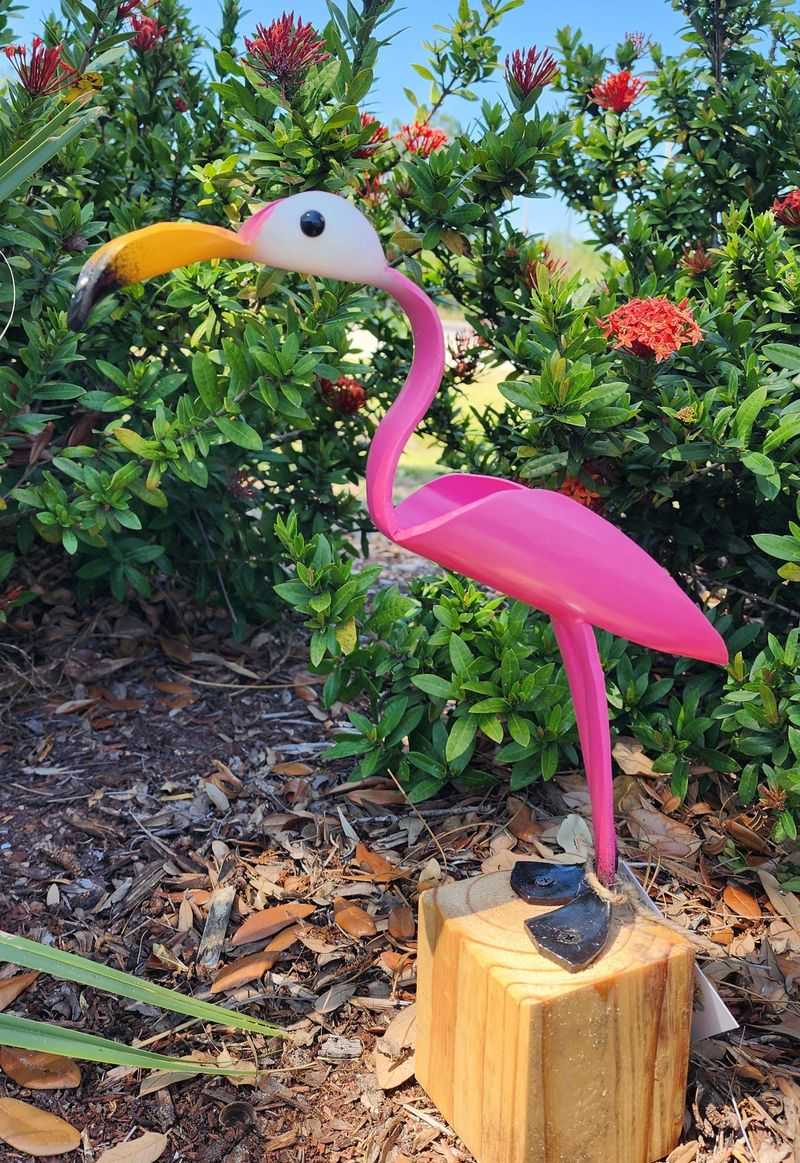
While briefly enjoying ironic revival, these kitschy lawn ornaments have once again flown out of fashion. The bright plastic birds, originally designed in 1957, now symbolize outdated lawn decoration rather than playful personality.
Modern yards showcase authentic wildlife through native plantings that attract actual birds and butterflies. Creating habitat for living creatures provides more dynamic interest than static plastic representations ever could.

